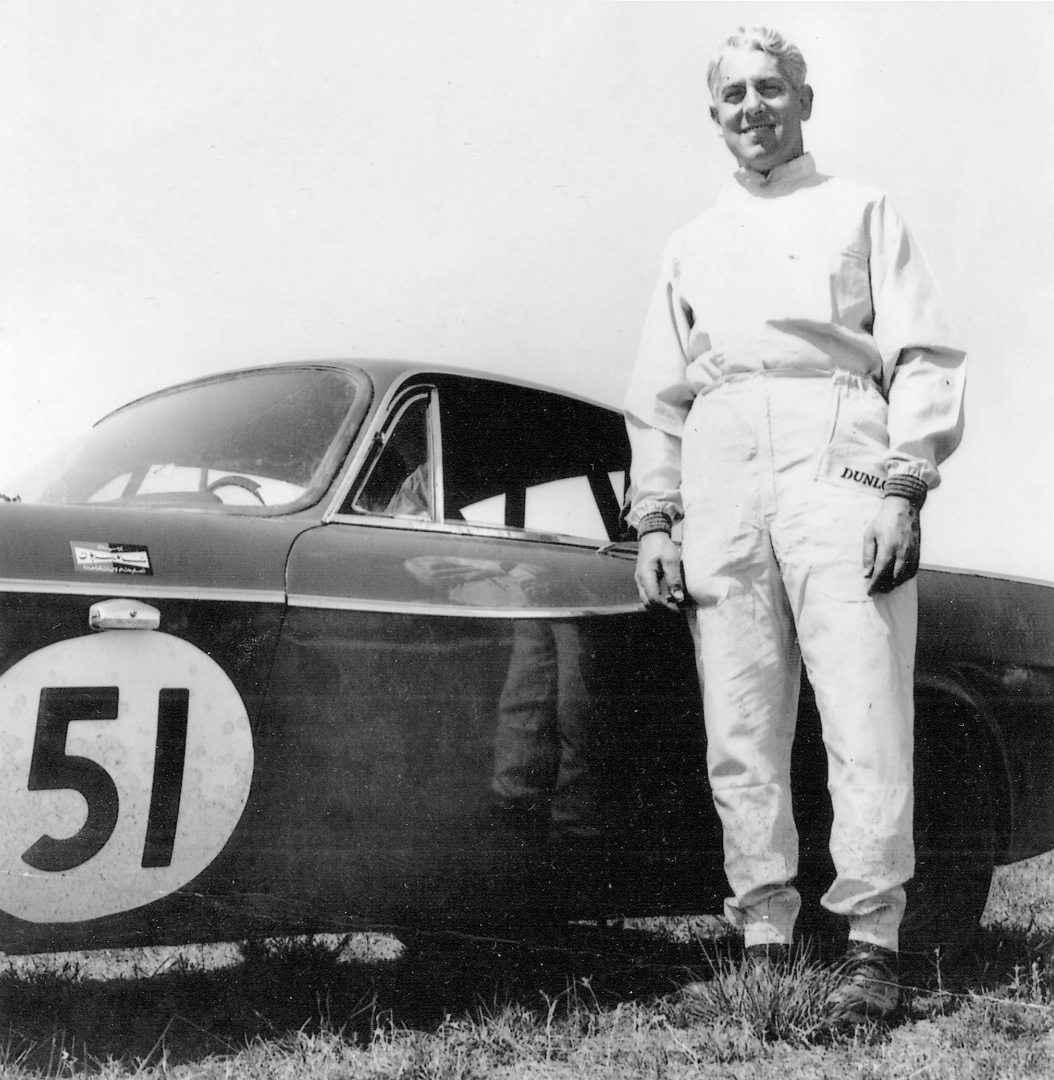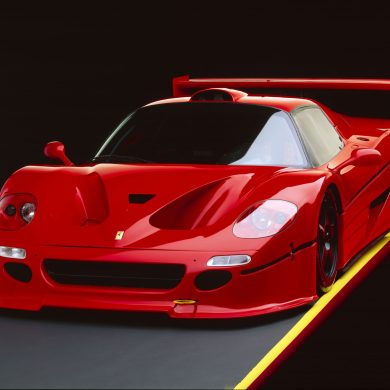Arthur Francis Riley, endurance-race driver, and owner of Art Riley Motors in Port Washington, N.Y., for a quarter of a century, has passed away at the age of 93.
Garage owner and master mechanic Riley was granted one of America’s early Volvo franchises in 1957. “As soon as I drove one,” he said, “I knew it was faster than a Porsche or MG. They had made a sports car out of a sedan.”
At the age of 43, when most drivers think of retiring, Riley ran his first race at Lime Rock, teaming with codriver Bill Rutan to win the 1957 Little Le Mans, a 10-hour grind for small sedans. The duo teamed in Art’s PV444 and 544 models to win the event no less than three times in its first five years.
Riley later brought newscaster Walter Cronkite onto the Volvo team. Always a private entrant, with little or no factory support, Art explained that, “I didn’t ‘race;’ if I wanted to race, I would have bought a real race car; I competed in the cars that I was selling, in order to promote the product. I wanted the car to be as close as possible to what I sold.”
The elder statesman of American road-racing drivers, John Fitch, organized those early Lime Rock enduros, and knew Art as “a fine fellow and a good friend; he was always welcomed at the Little Le Mans; he added a lot to the events.”
“Art Riley put us on the map,” said retired Volvo executive Denis Nash, the company having capitalized on Riley’s successes by slanting its advertising to the sporting aspects of their family car, “and we took his dealership away.” Nash refers to Volvo’s action in the 1970s when it sought to move more product on Long Island’s North Shore than it felt a small dealership like Riley’s could handle. Riley continued in the repair business, however, twisting wrenches into his 90s.
Riley was a prolific competitor in the 1960s, driving far and wide to SCCA Regional, Divisional, and National events, as well as FIA international races. Art and his red Volvo P1800 sports coupe came within a hair of winning the SCCA’s 1963 F-Production National Championship, after winning the New York Region championship that year.
Rallies also provided opportunities to promote the product, with Riley and Cronkite tackling the grueling Trans-Canada Rally and garnering valuable press for the Volvo marque.
Endurance races were his forte, though, and Art mounted an almost single-handed 10-year quest for the FIA Manufacturers Championship for Volvo. Although regularly showing well, he never came close to realizing his dream. He was also an early competitor in the Trans-American Sedan Championship in a 122-S with codriver Art Mollin.
Young Art Riley suffered serious damage to his feet at the age of four. While sitting on a Manhattan street-corner curb, a solid-rubber-tired truck of the period cut the corner too close and crushed his feet. Doctors wanted to amputate both at the ankle, but a compassionate surgeon managed to save much of the left foot. His right foot was too badly damaged, however, and was amputated at the arch. He kept what might hve been a handicap for others to himself, wearing heavy lace-up work boots for support, walking with only a slight limp, and later mastering the deft “heel-and-toe” downshifting technique of the skilled road-racer with only a heel.
A modest man of quick intelligence and an understated, sardonic sense of humor, Riley was an early member of the storied Madison Avenue Sports Car Driving and Chowder Society, which still meets at Sardi’s famous Manhattan theater district restaurant, even though patron and sports car racer Vincent Sardi Jr. has himself recently passed on.
Art’s achievments earned him an invitation to the Road Racing Driver’s Club—one of only a few primarily single-marque competitors to be so honored—and he was a frequent instructor at the club’s advanced driving schools.
The upsurge of vintage sports car racing in recent decades brought Riley renewed recognition and, in 2001, he was feted as Grand Marshall of the Volvo Vintage Gran Prix at Watkins Glen, reunited with two of his restored racecars and bestowed a Lifetime Achievement Award. He will be missed by all who knew him.
by R.A. Hayden










